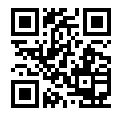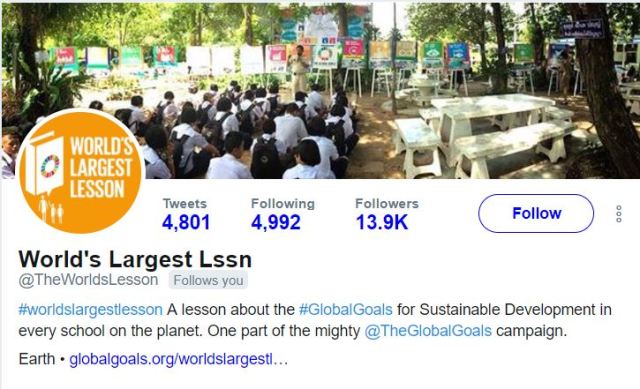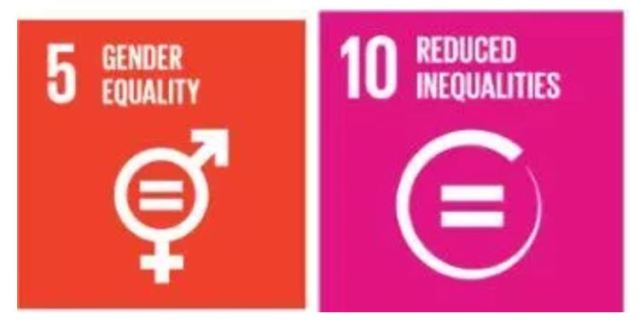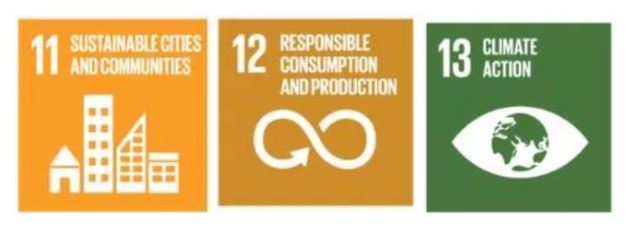As part of my role I have shared responsibility for teaching Year 5 Library lessons. I thought it would be great to share the UN Goals for Sustainable Development early in the coming term.
This is what I am planning to cover:
Quick warm up:
This lesson will commence with a reading of Dust by Colin Thompson

An extract from the publisher’s description of this text:
“A beautifully illustrated book that sensitively looks at the themes of peace and social justice In a perfect world, this book would not exist. But we do not live in a perfect world. At any given moment of any given day, there are people dying from natural disasters over which we have no control. Beyond natural disasters we add disasters of our making, but even if we all learn to live in peace, there will still be millions of people who need help.”
Then:
This video will form the introduction partly because it is very pertinent of itself, but also because one of our Middle Years (Year 6 – 8) classrooms is named after Malala. These students may well be studying in that room in 2018.
Malala introducing the The Worlds Largest Lesson from World’s Largest Lesson on Vimeo.
Our Library catalogue has many titles relevant to this lesson, for example there are 186 titles related to sustainable living in our Junior Campus Branch:

Using the search result in QR format – an example of saving paper – and their class iPads, I can integrate the skills we have been building for retrieving specific books from our shelves.

The activity will reinforce the concepts of:
- our ability to contribute to the sustainable development goals as individuals and a group,
- the importance of global goals (and the United Nations),
- collaborating on global educational goals.
The lesson will be taught in the first week of our term – on the 20th July, which is when our first class is scheduled.
It is important that students living in regional Australia realise that they are part of a bigger world and can participate in global initiatives.
This will be modelled to them through sharing this at the end of the lesson:
The World’s Largest Lesson 2016 – with thanks to Sir Ken Robinson and Emma Watson from World’s Largest Lesson on Vimeo.
The results will be blogged about on our school library blog and shared through Twitter, and I will model for them how this will occur bu using the #theworldslargestlesson




